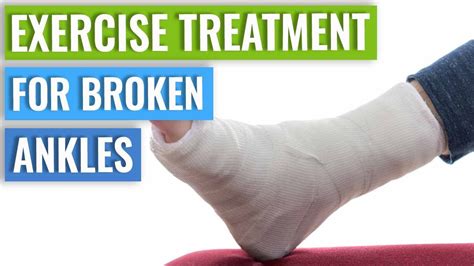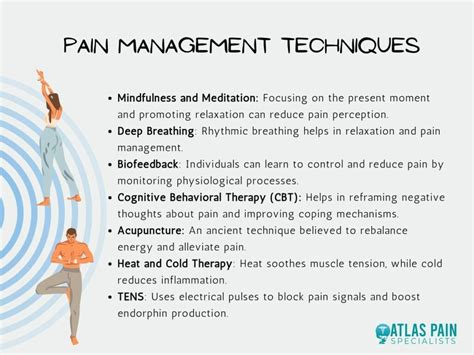Intro
A broken foot, also known as a foot fracture, is a common injury that can occur due to various reasons such as accidents, sports injuries, or falls. The severity of the injury can vary from a minor crack to a complex fracture that requires immediate medical attention. It is essential to seek proper treatment to ensure a speedy recovery and prevent any long-term damage. In this article, we will delve into the world of broken foot treatment, exploring the various options available, and providing valuable insights into the recovery process.
The importance of seeking medical attention for a broken foot cannot be overstated. If left untreated, a broken foot can lead to complications such as infection, nerve damage, and chronic pain. Moreover, a broken foot can significantly impact a person's quality of life, making everyday activities like walking, standing, and exercising a challenging and painful experience. Therefore, it is crucial to understand the treatment options available and take prompt action to address the injury.
A broken foot can be a debilitating experience, but with the right treatment and care, it is possible to make a full recovery. The treatment process typically begins with a thorough diagnosis, which includes a physical examination, X-rays, and sometimes, a CT or MRI scan. Once the severity of the injury is determined, the doctor will recommend a treatment plan, which may include immobilization, pain management, and physical therapy. In some cases, surgery may be necessary to repair the fracture and stabilize the foot.
Understanding the Treatment Options

When it comes to treating a broken foot, there are several options available, each with its own set of benefits and drawbacks. The treatment plan will depend on the severity of the injury, the location of the fracture, and the individual's overall health. Some of the common treatment options include:
- Immobilization: This involves using a cast, splint, or boot to keep the foot stable and allow the bone to heal.
- Pain management: Over-the-counter pain medications, such as ibuprofen or acetaminophen, can help alleviate pain and discomfort.
- Physical therapy: A physical therapist can help the individual regain strength, flexibility, and range of motion in the foot and ankle.
- Surgery: In some cases, surgery may be necessary to repair the fracture and stabilize the foot.
Immobilization Techniques
Immobilization is a crucial aspect of broken foot treatment, as it allows the bone to heal properly. There are several immobilization techniques available, including:- Casting: A cast is a plaster or fiberglass shell that surrounds the foot and ankle, providing support and stability.
- Splinting: A splint is a rigid or flexible device that is applied to the foot and ankle to provide support and protection.
- Booting: A boot is a type of immobilization device that is worn on the foot and ankle, providing support and stability.
Pain Management Strategies

Pain management is an essential aspect of broken foot treatment, as it can help alleviate discomfort and promote healing. Some common pain management strategies include:
- Over-the-counter pain medications: Ibuprofen, acetaminophen, and aspirin can help reduce pain and inflammation.
- Prescription pain medications: In some cases, prescription pain medications may be necessary to manage severe pain.
- Alternative therapies: Alternative therapies, such as acupuncture, massage, and physical therapy, can help reduce pain and promote healing.
Physical Therapy Techniques
Physical therapy is a crucial aspect of broken foot treatment, as it can help the individual regain strength, flexibility, and range of motion in the foot and ankle. Some common physical therapy techniques include:- Range of motion exercises: These exercises help improve flexibility and range of motion in the foot and ankle.
- Strengthening exercises: These exercises help improve strength and stability in the foot and ankle.
- Balance and proprioception exercises: These exercises help improve balance and proprioception, reducing the risk of falls and further injury.
Surgical Intervention

In some cases, surgical intervention may be necessary to repair the fracture and stabilize the foot. Surgical intervention can involve:
- Open reduction and internal fixation: This involves making an incision to access the fracture and using screws, plates, or rods to stabilize the bone.
- Closed reduction and percutaneous pinning: This involves using a minimally invasive technique to stabilize the bone with pins or screws.
- Arthroscopy: This involves using a small camera and instruments to visualize and repair the fracture.
Recovery and Rehabilitation
Recovery and rehabilitation are crucial aspects of broken foot treatment, as they can help the individual regain strength, flexibility, and range of motion in the foot and ankle. Some common recovery and rehabilitation techniques include:- Rest, ice, compression, and elevation: This involves resting the foot, applying ice to reduce pain and inflammation, compressing the foot to reduce swelling, and elevating the foot to reduce pain and discomfort.
- Physical therapy: A physical therapist can help the individual regain strength, flexibility, and range of motion in the foot and ankle.
- Gradual return to activity: It is essential to gradually return to activity, starting with low-impact exercises and gradually increasing intensity and duration.
Complications and Risks

While broken foot treatment can be effective, there are potential complications and risks to be aware of. Some common complications and risks include:
- Infection: Infection can occur if the wound is not properly cleaned and dressed.
- Nerve damage: Nerve damage can occur if the fracture is not properly aligned or if there is excessive pressure on the nerves.
- Chronic pain: Chronic pain can occur if the fracture is not properly healed or if there is ongoing inflammation.
Prevention and Maintenance
Prevention and maintenance are crucial aspects of broken foot treatment, as they can help reduce the risk of further injury and promote overall foot health. Some common prevention and maintenance techniques include:- Wearing proper footwear: Wearing proper footwear can help reduce the risk of injury and promote overall foot health.
- Stretching and exercising: Stretching and exercising can help improve flexibility and range of motion in the foot and ankle.
- Maintaining a healthy weight: Maintaining a healthy weight can help reduce the risk of injury and promote overall foot health.
What are the symptoms of a broken foot?
+The symptoms of a broken foot can include pain, swelling, bruising, and difficulty walking or bearing weight on the foot.
How long does it take to recover from a broken foot?
+The recovery time for a broken foot can vary depending on the severity of the injury, but it can take several weeks to several months to fully recover.
Can I walk on a broken foot?
+It is not recommended to walk on a broken foot, as this can cause further injury and prolong the recovery time.
In conclusion, broken foot treatment requires a comprehensive approach that includes immobilization, pain management, physical therapy, and in some cases, surgical intervention. By understanding the treatment options and taking prompt action, individuals can promote healing, reduce the risk of complications, and make a full recovery. We invite you to share your experiences and ask questions in the comments below, and to share this article with anyone who may be experiencing a broken foot. By working together, we can promote foot health and reduce the risk of injury.
